Fog/Stratus/VisibilityFog as a Serious Danger
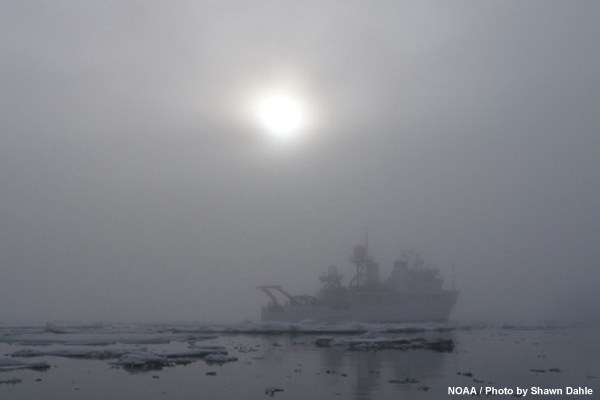
Over the cool water of the Arctic Ocean, fog occurs frequently, particularly during the summer months when waters are ice-free. Throughout the Arctic, fog frequency, as well as stratus frequency, peaks in June and July.
Fog occurs most frequently along the coastal areas, typically in a belt parallel to the shore where strong horizontal temperature and moisture gradients exist between ice, water, and land.
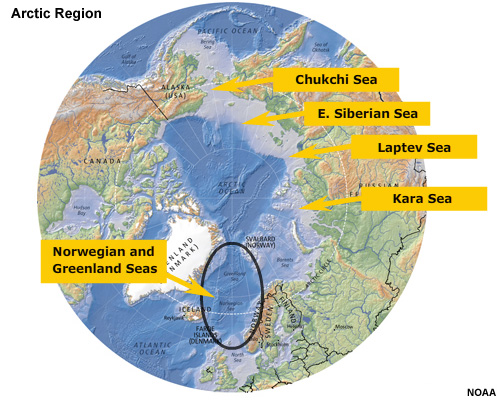
The high frequency of occurrence for fog directly affects heavily used shipping lanes from the Atlantic into the Norwegian and Greenland Seas. Additionally, the open waters of the Kara, Laptev, East Siberian, and Chukchi Seas are particularly conducive to summer fog or low cloud formation. During a typical summer, these areas might experience fog 15 to 20 days per month. The Bering Sea is also affected by summertime fog and stratus, as southerly flow brings warm, moist air northward.
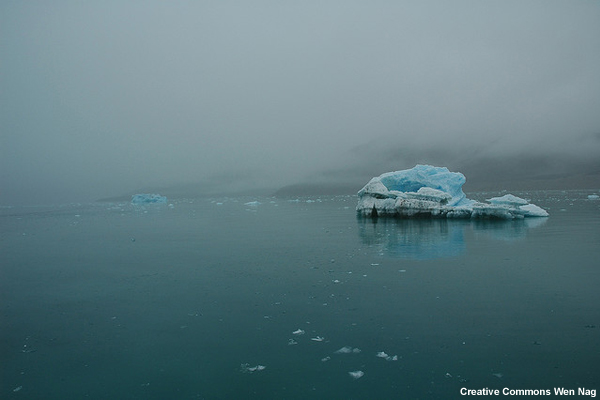
In several areas of the Arctic, as many as 80 to 95% of summer days can be overcast, making the Arctic one of the cloudiest regions in the Northern Hemisphere.
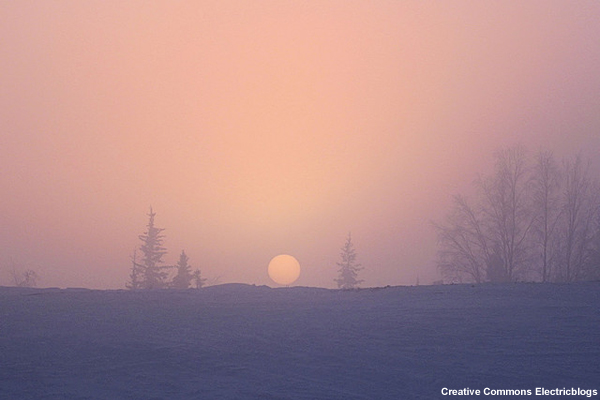
In the winter, fog is more likely over the adjacent land areas, which can become colder than the ice-covered ocean. Winter also brings the risk of ice fog, composed of minute ice crystals,
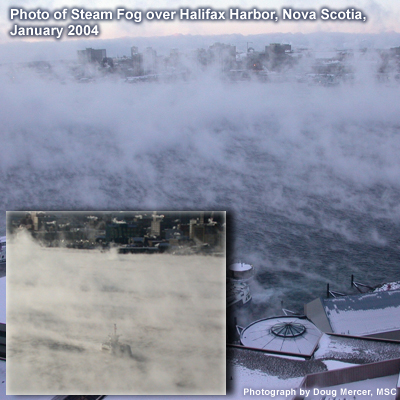
And steam fog, a phenomenon that occurs when the air temperatures are significantly colder than the water temperature. Steam fog, also known as sea smoke, occurs over open water, including leads or passages in the ice pack.